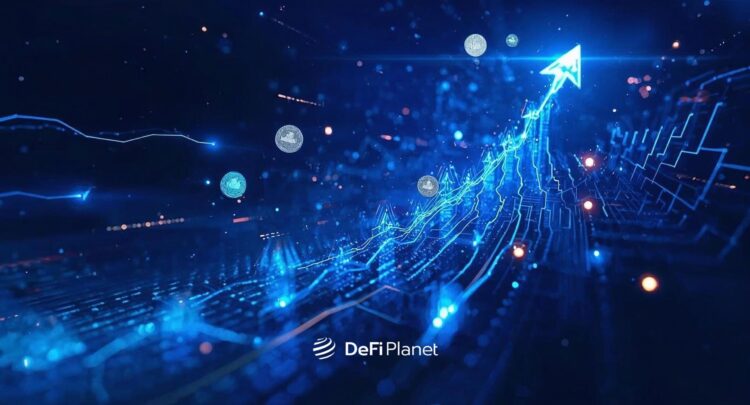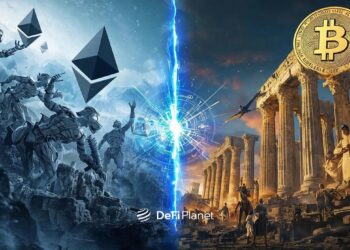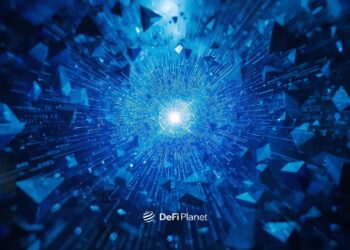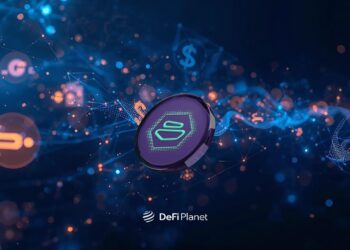Remember when AI tokens were just a side note in crypto? Today, they’re racing ahead and shaking up the entire blockchain space. As artificial intelligence becomes the defining force of this decade, its intersection with crypto is opening up new possibilities—from self-governing agents and decentralized data marketplaces to intelligent DeFi ecosystems. But is this surge driven by substance or just the latest speculative wave? In this article, we break down what AI tokens are, what’s fueling their rapid ascent, and whether they represent the future of Web3 or just another passing phase.
What Are AI Tokens?
AI tokens are a category of cryptocurrencies designed to power decentralized platforms that integrate artificial intelligence into real-world applications. These tokens play a central role in enabling systems such as intelligent trading bots, data marketplaces, and decentralized access to Graphics Processing Unit (GPU) computing. They are not only used as a form of payment within these ecosystems to cover services like AI computations and data access, but also serve to reward participants who contribute valuable resources, such as datasets or AI model training.
In addition, AI tokens support decentralized governance by allowing holders to vote on protocol decisions and improvements. They also provide the utility needed to access infrastructure components, such as renting compute power or deploying AI models within the network. Through these multifaceted roles, AI tokens help create self-sustaining, intelligent, and autonomous systems on the blockchain.
What Triggered the Surge in 2025?
The explosive rise of AI cryptocurrencies in 2025 is no accident. It is the product of several powerful forces converging in perfect harmony. Once a niche segment in the broader crypto ecosystem, AI-driven tokens have now come into the spotlight, capturing investor attention and reshaping narratives across both the tech and financial landscapes.
According to CoinMarketCap, the total market capitalization of AI cryptocurrencies now nears $32 billion, marking a dramatic upswing over just a few months. This doesn’t look like just another speculative frenzy. The momentum is being driven by real-world utility, transformative potential, and the growing intersection between artificial intelligence and blockchain technology.
READ ALSO: The Game-Changing Triumvirate: Blockchain, Data Science, and Artificial Intelligence
At the heart of this surge is a global conversation: Are AI tokens a good investment or just the latest bubble? The answer seems to lie in the convergence of technological need and market timing. With industry titans like Google, Microsoft, OpenAI, and Elon Musk’s xAI racing to push the boundaries of artificial intelligence, the spotlight on this sector has never been brighter. Nvidia’s valuation crossing the $3 trillion mark in 2025, fueled by its dominance in AI computing infrastructure, highlights the sheer scale of capital and attention pouring into the space.
Crypto is riding this wave in its own unique way. AI tokens differ from traditional cryptocurrencies in that they’re built on platforms embedded with machine learning capabilities. These tokens can learn, adapt, and improve based on user interactions, bringing self-learning and adaptive behaviour to decentralized networks. In other words, they’re not just digital assets; they’re evolving digital entities.
Even Ethereum’s co-founder, Vitalik Buterin, has weighed in on the potential. In one of his posts on X, he expressed excitement about AI’s role in formal code verification and bug detection areas that could dramatically enhance the reliability and safety of smart contracts. He noted that AI could help resolve some of Ethereum’s most persistent technical challenges.
One application of AI that I am excited about is AI-assisted formal verification of code and bug finding.
Right now ethereum’s biggest technical risk probably is bugs in code, and anything that could significantly change the game on that would be amazing.
— vitalik.eth (@VitalikButerin) February 19, 2024
Beyond the tech itself, the economic implications are staggering. How much will AI be worth in 2030? In 2024, a Bitwise report projected that the fusion of AI and blockchain could add as much as $20 trillion to global GDP by 2030, positioning it as one of the most transformative tech shifts of the century. As AI becomes more integrated into daily life, questions around transparency, control, and ethical governance have come to the fore. Blockchain offers solutions. With its programmable smart contracts, auditable logic, and decentralized control, blockchain acts as a trust layer for intelligent machines, ensuring that AI decisions are traceable, verifiable, and governed by communities rather than corporations.
This combination of utility and transparency is capturing the imagination and the capital of institutional investors. 2025 has seen a significant redirection of funds, with hedge funds and VCs turning their focus from speculative meme coins to utility-rich AI tokens. According to a CoinGecko report, AI and meme coins dominated the Q1 crypto narrative in 2025, accounting for 62.8% of investor interest.
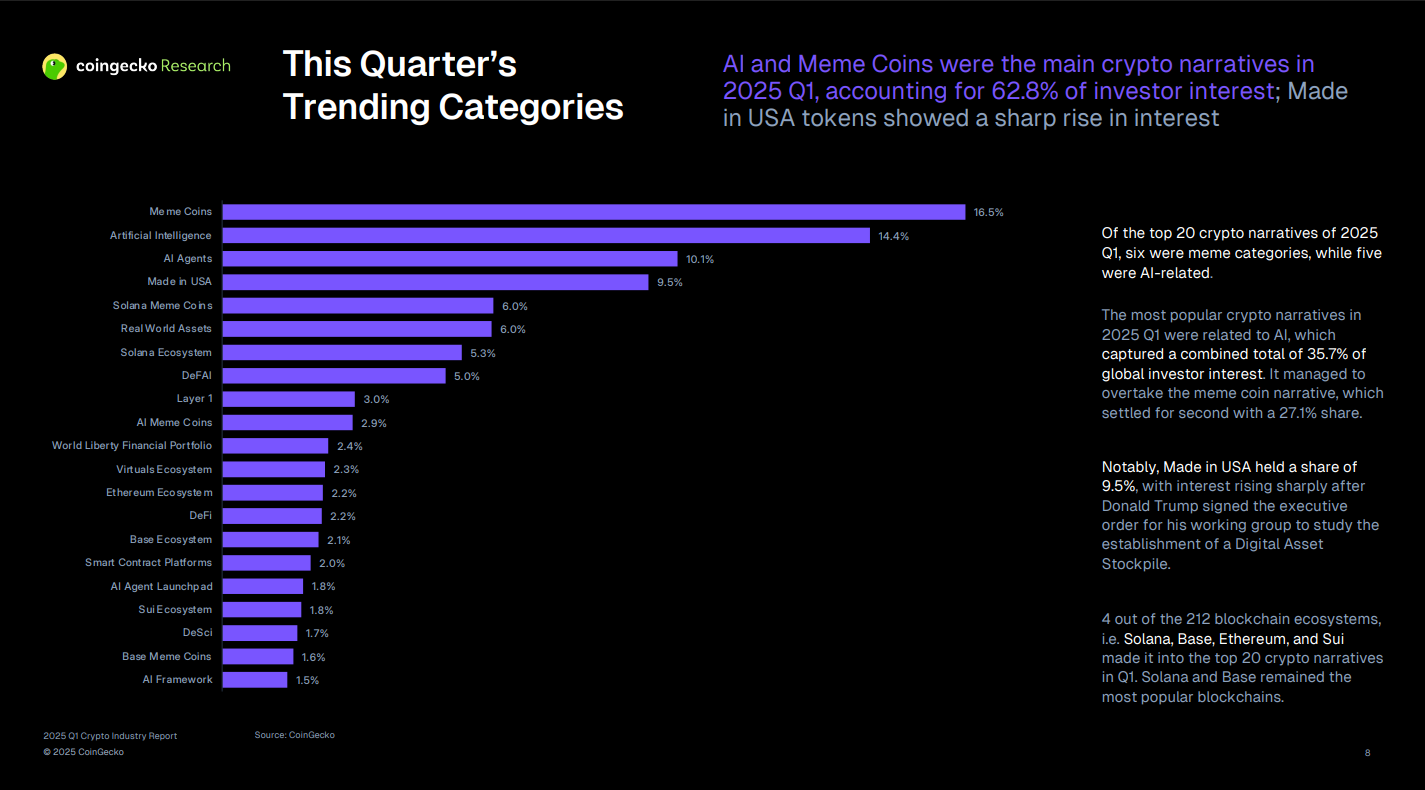
But where meme coins often run on hype alone, AI tokens are increasingly backed by real-world use cases and solid fundamentals.
Industry voices are also echoing this sentiment. Haseeb Qureshi, managing partner at Dragonfly Capital, predicts that AI agent tokens will outperform meme coins in 2025, cementing their place in the next phase of crypto evolution.
My 2025 Crypto Predictions
I’m either going to look like a prophet or an idiot over these predictions, but one thing is for sure: I’m going to piss off a lot of people with bags.
Breaking this up into six sections: my predictions for L1s/L2s, token launches, stablecoins,…
— Haseeb >|< (@hosseeb) January 1, 2025
In short, the rise of AI crypto in 2025 is a story of hype meeting substance, of infrastructure aligning with ambition, and of investors realizing that the future isn’t just coming, it’s already being built. The fusion of blockchain and AI isn’t a passing trend; it’s a technological revolution in motion.
Real-World Use Cases of AI and Blockchain
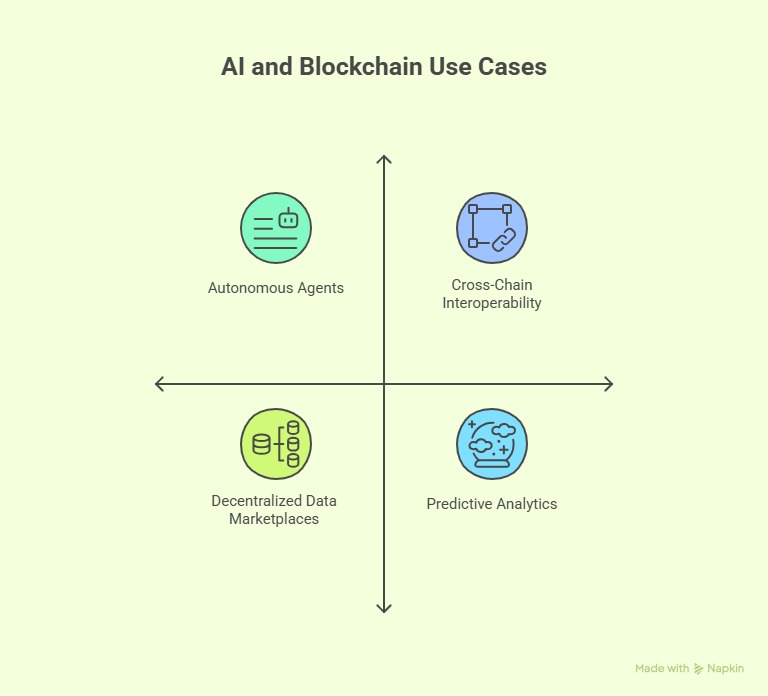
The surge in AI tokens isn’t just driven by speculation; it is anchored in real-world applications that solve concrete problems across several sectors. From automation to data sharing, AI-powered blockchain projects are already making their mark in ways that go far beyond hype.
1. Autonomous agents
One of the most exciting applications is the emergence of autonomous AI agents—self-operating digital entities that can execute complex tasks without human intervention. Platforms like Virtuals are at the forefront, allowing users to create AI agents that can trade on decentralized exchanges, manage decentralized autonomous organizations (DAOs), and carry out yield farming strategies—all on autopilot. What makes this revolutionary is the use of blockchain-based smart contracts to ensure the agents behave as expected. These agents aren’t just code; they’re programmable financial operators with logic stored transparently on the blockchain, reducing the risk of manipulation or unexpected behaviour.
2. Predictive analytics
Another high-impact area is predictive analytics powered by AI and tokenized ecosystems. Projects like Numerai combine machine learning with blockchain to forecast market trends with impressive accuracy. Numerai, for instance, crowdsources predictions from data scientists around the world, rewarding them in its native token based on the accuracy of their models. This platform doesn’t just provide traders and investors with data; it offers data-driven strategies that adapt in real time, unlocking smarter trading and resource allocation.
3. Decentralized data marketplaces
Data is the fuel of AI, and decentralized data marketplaces like Ocean Protocol are reshaping how that fuel is shared. Traditionally, data is hoarded by giants like Google, Meta, and Amazon. But Ocean enables a world where individuals and organizations can securely share, sell, and monetize their data without giving up control. Using blockchain, Ocean allows AI models to be trained on federated and anonymized datasets, ensuring privacy while maximizing utility. This levels the playing field, allowing startups, researchers, and even communities to access high-quality data without depending on centralized gatekeepers.
4. Cross-chain interoperability
As blockchain evolves into a multi-chain ecosystem, AI is playing a vital role in ensuring cross-chain interoperability. Coordinating transactions across Ethereum, Solana, Polkadot, and others can be messy and error-prone. AI systems are now being deployed to optimize these interactions, reduce latency, and minimize costly errors in transaction routing. These AI protocols act like intelligent routers, learning from past behaviour to improve transaction throughput and reliability across blockchains. In a world where liquidity and assets flow between chains, AI is becoming the invisible hand that keeps it all running smoothly.
These aren’t futuristic visions; they’re real, active technologies already being used by developers, investors, and enterprises. The intersection of AI and blockchain is no longer theoretical. It’s functional, profitable, and gaining traction fast.
Risks and Criticisms of AI Tokens
As much as AI tokens are generating excitement in 2025, they are not without controversy. The blend of artificial intelligence and blockchain may promise a decentralized, data-driven future, but it also raises a number of pressing concerns. Being bullish doesn’t mean ignoring the risks, and in the case of AI tokens, these risks are real and growing.
1. Speculative mania
Despite the sophistication of some projects, the AI token market has also become a magnet for speculation-driven investments, eerily reminiscent of the 2017 ICO boom. Many tokens have experienced exponential price growth, often without any working product or user base to justify it. In some cases, all it takes is a whitepaper full of buzzwords and a loosely AI-themed roadmap for a project’s token to skyrocket in value.
2. Black-box concerns
While blockchain is often touted for transparency, many AI models, especially those used in crypto trading or prediction markets, are not fully explainable or auditable. This opacity can be dangerous, especially when paired with automated DeFi mechanisms. If an AI model makes a flawed decision or is trained on biased or manipulated data, it could lead to unexpected financial losses or even cascading protocol failures.
3. Centralization risks
Ironically, many AI token projects that market themselves as “decentralized” still rely heavily on centralized infrastructure. The most notable bottleneck is access to GPU hardware. With Nvidia dominating the AI chip market, many projects are forced to rely on centralized providers or cloud services for model training and inference. This dependency introduces single points of failure and potential gatekeeping, undermining the decentralized ethos that the crypto world prides itself on. Until decentralized alternatives for compute resources become mainstream, true decentralization in AI remains aspirational rather than actualized.
4. Regulatory gray zones
Perhaps the most looming threat is regulatory uncertainty. The convergence of AI and crypto places these projects directly in the crosshairs of regulators. On one hand, you have the financial implications of tokenized assets, which can trigger scrutiny from bodies like the SEC. On the other hand, the use of AI in areas like automated financial advice, data monetization, or autonomous decision-making raises additional ethical and legal questions. With two fast-moving industries intersecting, regulatory frameworks are lagging far behind, leaving many AI token projects operating in legal gray zones.
READ ALSO: Why Token-Based Voting Doesn’t Equal Fair Governance
Long-Term Potential… or Just Another Bubble?
AI tokens are soaring in 2025, reigniting an old debate: is this the dawn of a revolutionary tech era, or just another hype cycle in shiny, intellectual packaging? As always with crypto, the truth lies in the tension between ambition and speculation. There’s real substance behind the surge—AI and blockchain are a natural pairing. One brings adaptive intelligence, the other trustless execution and transparency. Together, they’re powering use cases like autonomous DeFi agents, decentralized GPU networks, and open data marketplaces that challenge Big Tech’s monopolies.
These aren’t theoretical promises; pilots, partnerships, and prototypes are already in motion, with governments and enterprises joining the exploration. Still, the excitement isn’t without risk. Many projects are racing ahead of actual adoption, and if AI sector momentum dips—or GPU bottlenecks persist—the market could cool fast. Regulatory scrutiny, especially in high-stakes sectors like healthcare and finance, adds another layer of uncertainty. Yet, even if some tokens crash, the core vision holds firm. The convergence of AI and blockchain isn’t just a passing trend—it’s shaping up to be a fundamental layer of the future internet, one where decentralized systems think, decide, and evolve on their own.
Disclaimer: This article is intended solely for informational purposes and should not be considered trading or investment advice. Nothing herein should be construed as financial, legal, or tax advice. Trading or investing in cryptocurrencies carries a considerable risk of financial loss. Always conduct due diligence.
If you want to read more market analyses like this one, visit DeFi Planet and follow us on Twitter, LinkedIn, Facebook, Instagram, and CoinMarketCap Community.
Take control of your crypto portfolio with MARKETS PRO, DeFi Planet’s suite of analytics tools.”

